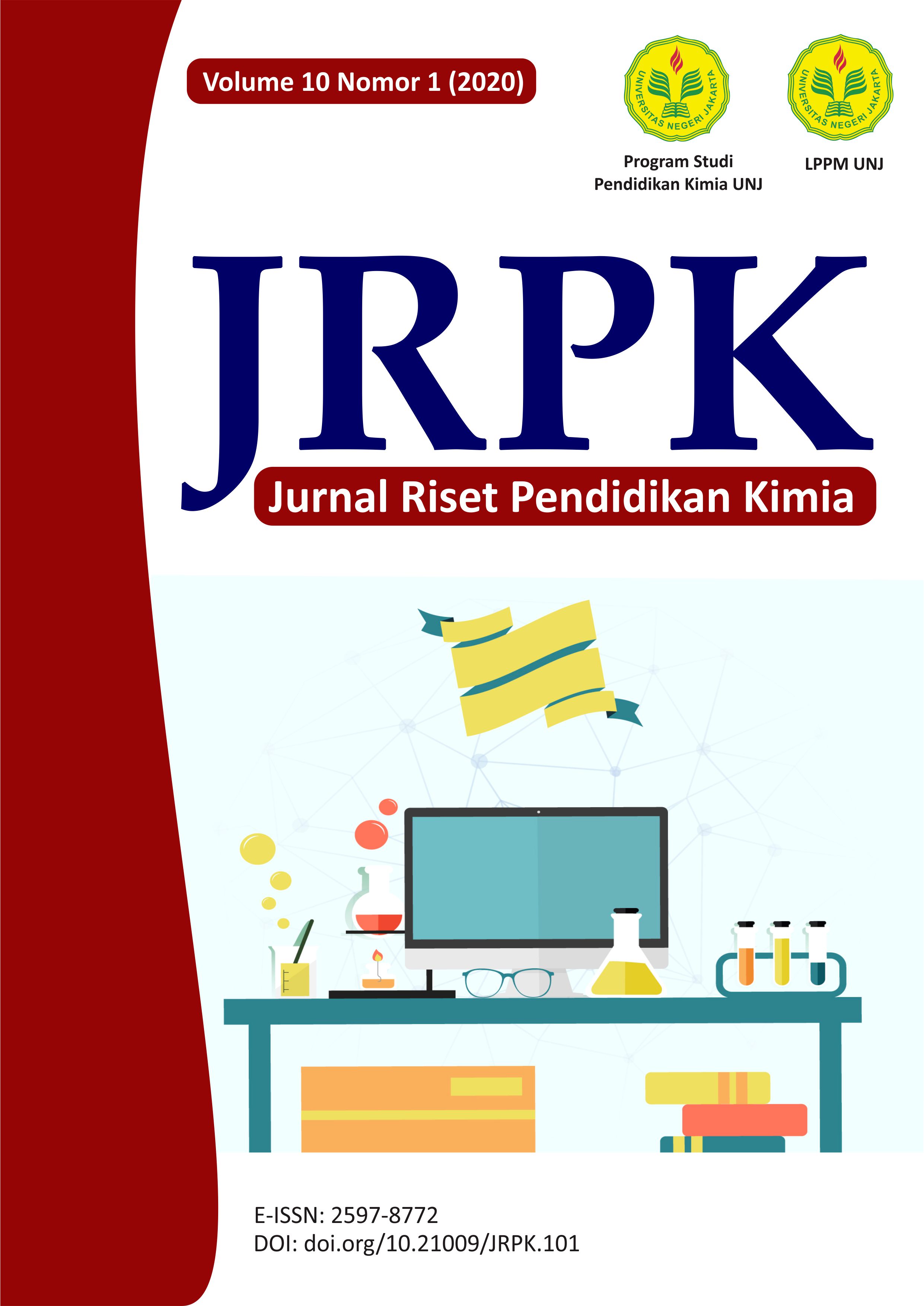Analisis Pembelajaran Kimia Menggunakan Media Modul Pada Siswa Kelas X SMK Negeri 3 Merauke
DOI:
https://doi.org/10.21009/JRPK.101.06Keywords:
Learning, Chemistry, Modules, Learning Achievement, Student ResponsesAbstract
This study aims to analyze the implementation of chemistry learning using module media in terms of student achievement and student responses to the use of modules. This type of research is a descriptive quantitative method. Data collection techniques in the form of test results, observation, interviews, and the results of student questionnaire responses. The research subjects were students of class X Building, totaling 24 students. The results showed that learning chemistry using media modules followed the steps in the form of preparation of study material, practice exercises and evaluation of learning achievement. The use of modules in chemistry learning increases student learning achievement from 48.38 to 78,18. Students also gave a positive response to the use of modules in learning, namely 90% in the feasible category. Another thing that was observed was the implementation of learning supported by internal factors in the form of teacher and student readiness, the mastery of the study material, learning motivation, and the appropriateness of the task with the study material. In addition there is also support from external factors such as the family environment, relationships, and schools.
Keywords
Learning, Chemistry, Modules, Learning Achievement, Student Responses






